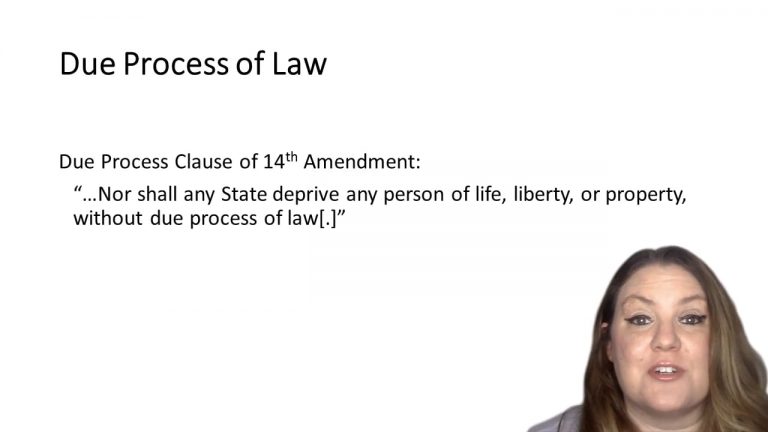SmartBrief
Confirm favorite deletion?
Constitutional Law Keyed to Farber
Bowsher v. Synar
Citation:
478 U.S. 714 (1986)Facts
The Gramm-Rudman-Hollings Act sought to eliminate the federal budget deficit. To that end, the Act set a maximum deficit amount for federal spending for each of fiscal years 1986 through 1991. If in any fiscal year the federal budget deficit exceeded the maximum deficit amount by more than a specified sum, the Act required across-the-board cuts in federal funding to reach the targeted deficit level. Under the Act, the President was required to issue a sequestration order mandating the spending reductions specified by the Comptroller General. After a certain period, the cuts required by the order would be implemented. Members of Congress, the National Treasury Employees Union brought this suit challenging the Act on separation of powers grounds.
Only StudyBuddy Pro offers the complete Case Brief Anatomy*
Access the most important case brief elements for optimal case understanding.
*Case Brief Anatomy includes: Brief Prologue, Complete Case Brief, Brief Epilogue
- The Brief Prologue provides necessary case brief introductory information and includes:
Topic:
Identifies the topic of law and where this case fits within your course outline.Parties:
Identifies the cast of characters involved in the case.Procedural Posture & History:
Shares the case history with how lower courts have ruled on the matter.Case Key Terms, Acts, Doctrines, etc.:
A case specific Legal Term Dictionary.Case Doctrines, Acts, Statutes, Amendments and Treatises:
Identifies and Defines Legal Authority used in this case.
- The Case Brief is the complete case summarized and authored in the traditional Law School I.R.A.C. format. The Pro case brief includes:
Brief Facts:
A Synopsis of the Facts of the case.Rule of Law:
Identifies the Legal Principle the Court used in deciding the case.Facts:
What are the factual circumstances that gave rise to the civil or criminal case? What is the relationship of the Parties that are involved in the case.Issue(s):
Lists the Questions of Law that are raised by the Facts of the case.Holding:
Shares the Court's answer to the legal questions raised in the issue.Concurring / Dissenting Opinions:
Includes valuable concurring or dissenting opinions and their key points.Reasoning and Analysis:
Identifies the chain of argument(s) which led the judges to rule as they did.
- The Brief Prologue closes the case brief with important forward-looking discussion and includes:
Policy:
Identifies the Policy if any that has been established by the case.Court Direction:
Shares where the Court went from here for this case.
Topic Resources
Topic Outline
Topic Refresher Course
Topic Charts & Notes

 2m 6s
2m 6s